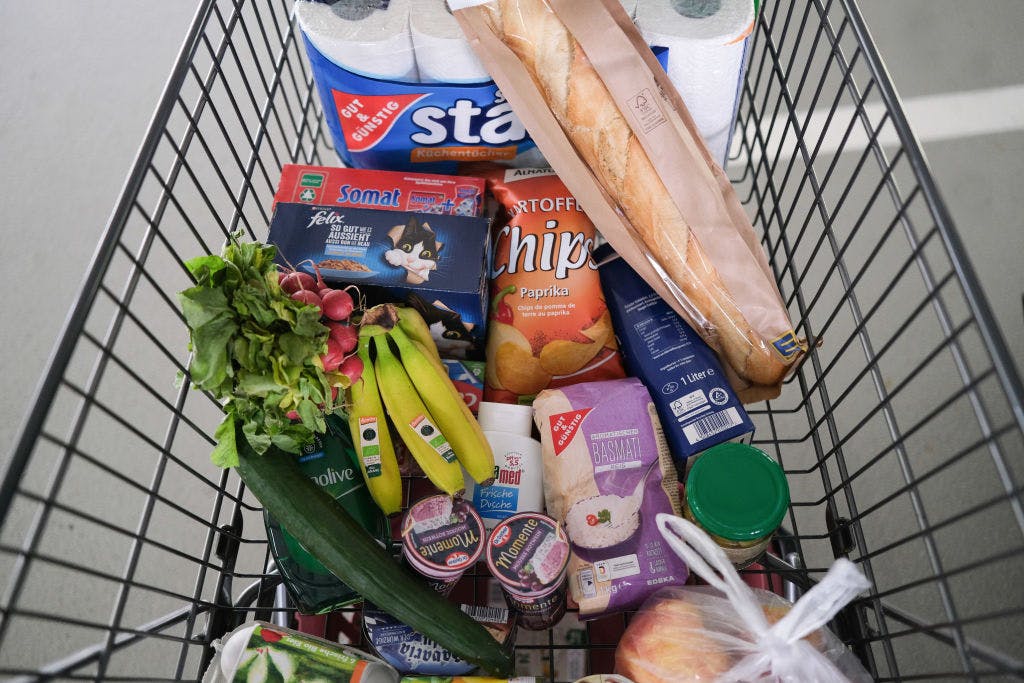What grocery chains dominate in your city?
We explore the supermarket scenes in New York, Chicago, and LA.
Oftentimes, grocery stores are a reflection of their communities.
I grew up in South Texas, where H-E-B dominates. At 21, I left home to Washington, DC, and one of the first culture shocks I experienced was at Giant, a northeast grocery chain owned by Dutch-Belgian multinational company, Ahold Delhaize.
The aisles felt sterile, flushed in fluorescent lighting. I eventually found the “ethnic section,” where I didn’t find what I was looking for, but did see some bizarre canned tamales and “taco seasoning.” In that moment I knew I had strayed very far from home.
I've learned through writing about grocery stores that people have very strong feelings about where they shop for food. I recently got ahold of a list of virtually every grocery store in the country. I used that list to write this story about how regional grocery stores often beat national competitors, and this interactive map showing some of the biggest chains in the country.
Because there are so many of them, the cutoff had to be at 200 locations. But many beloved chains are much smaller than that, which is why I found it important to take a deeper look at some of America’s biggest cities.
If you don’t see your local grocery store on this map, it is likely because it didn’t have enough locations to meet the cutoff or it is actually owned by a different company. The names on the legends of these maps are of the parent companies, which often own several brands.
New York has a ton of grocery store chains. Key Food and Associated Supermarket have some of the biggest footprints in the city, followed by a few others that don’t seem to have much of a presence outside of the tri-state area.
While there are a ton of chains, notably some of the biggest national companies don’t have a presence in the city. Albertsons, Kroger, and Walmart do not have locations in America’s largest city.
New York also has its upscale chains peppered around Manhattan, including D’Agostino and Zabar’s.
The big national chains are well represented in Chicago. Jewel-Osco, which is owned by Albertsons, has plenty of locations. Mariano's Fresh Market and Pick 'n Save, which are owned by Kroger, do as well.
Chicago’s Latino community is well represented, with three Hispanic grocery stores with three or more locations. Its food deserts are also visible on this map, with Chicago’s south and west sides having a lower concentration of chains compared to the north side.
I’ll start off by addressing the obvious: This map is of Los Angeles County, not Los Angeles the city. We did this because Los Angeles city limits are really strange and I did not want to put myself in a situation where I have to decide what adjacent cities are considered “LA” or not.
Corporate grocery stores are well-represented. Ralphs, which is owned by Kroger, is the most popular chain in the area. Albertsons also has a notable presence.
LA also has its fair share of ethnic grocery stores, like H Mart and Bodega Latina, which owns brands like El Super, Fiesta Mart, and Smart & Final. Some SoCal-specific chains include Erewhon and Stater Bros.
